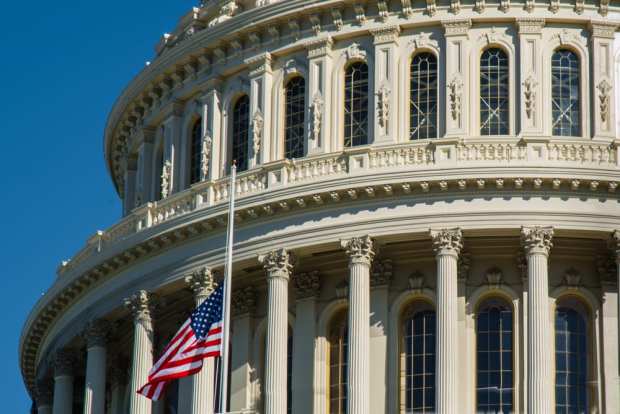What Congress’ Proposed ‘Horizontal’ Block Could Mean For Big Tech And The Connected Economy

The growth of the connected economy is predicated on — and is propelling — the emergence of online platforms.
Those platforms — through Uber, Amazon, eBay and others — are in turn growing through horizontal expansion.
To boil down the business-speak a bit, that means companies that start with a set of core services delivered through digital means can add ancillary, adjacent services that complement those core offerings. In the meantime, these forward-thinking firms create ecosystems, a continuum of flexible services that keep customer relationships sticky.
Uber, to give but one example, has Uber Eats. The pandemic has spotlighted the benefits of horizontal expansion, where consumers who were unable to hail rides in the middle of the lockdown (and where would they have gone?) suddenly had an insatiable appetite (pun intended) for food delivery. And Amazon’s digital-first approach has shown the ways in which critical mass and scale can quickly be achieved, moving well beyond the “online bookstore” model into streaming media, and giving hundreds of millions of consumers new ways to interact with merchants.
The horizontal push — vital to bringing innovation to end users and, in some cases, spawning the “super app” — may hit a regulatory roadblock.
As reported on Tuesday (Oct. 6), a House panel is gearing up to present a report within the next several days that would look to reshape the regulatory landscape for Big Tech. Among the proposals, according to Bloomberg, firms such as Apple would be barred from, say, running its App Store, and Google would not be able to house its search engine or streaming media juggernaut YouTube.
“The majority’s primary remedy to create competition in the tech marketplace is to enact legislation creating structural separation,” Rep. Ken Buck wrote in a draft report published by Politico. Among the other proposals might include a cap of a 40 percent market stake for the seller and a cap of 25 percent buyer’s control of any given market.
We note that on Capitol Hill, nothing is final until the votes are in and the ink is dry.
A bid to cap the ways larger tech firms scale vertically hearkens back to the mega-mergers of old, when, say, manufacturing and industrial companies sought to control the various means of production to keep out competitors and lock in an efficient cost structure. Pushing to truncate horizontal efforts is another thing entirely, taking aim squarely at the way digital firms grow, and in the process easing various commerce pain points.
The great digital shift demands that consumers hop from one activity to another in a seamless fashion — and the recent pandemic-led pivot to living life online is not going away soon. PYMNTS research finds that roughly 40 percent of U.S. consumers who shifted to digital commerce during the spring — approximately 99 million people — don’t plan to resume regular in-store shopping, even after the coronavirus is but a memory.
Drilling down into certain use cases, the numbers stand out in stark relief: 85 percent, 84 percent and 80 percent of consumers who have shifted to digital for shopping for groceries, retail and aggregators (the latter a recent addition to the platform economy) are not going to change their behaviors.
And as Karen Webster noted in a recent column, a third of consumers, some 70 million Americans, now report that they are “very” or “extremely likely” to select a merchant based on the availability of suitable digital, touchless offerings. Of the more than 2,000 consumers surveyed, delivery (66 percent), curbside pickup (58 percent) and inventory availability (55 percent) are the most valuable attributes. That seamless crossflow of choice, availability and delivery is perhaps most visibly demonstrated in a platform that has scale and breadth. Hobbling that reach may, ultimately, hobble tech firms from giving consumers the ability to do what they want (or need) to do on a daily basis.
